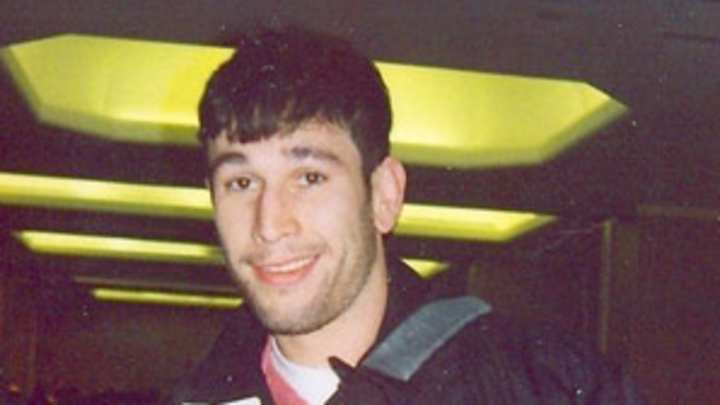Between viewers or fighters, T.U.F. chooses the former


It's hard to believe more than three years have passed since Forrest Griffin and Stephan Bonnar lit up televisions across America during the finale of the inaugural season of The Ultimate Fighter.
On Saturday, the Spike TV reality show completes yet another season -- its seventh -- in a world where mixed martial arts has become a fairly regular installment on television.
Of course, roughly three-and-a-half years ago, that wasn't the case. Few realized it, but the gimmicky show on a network no one had ever heard of was MMA's chance -- maybe even its last chance -- to make it big. While mounting debt put Zuffa, the parent company of the Ultimate Fighting Championship, in a perilous spot, co-owners Lorenzo and Frank Fertitta cobbled together $10 million to pay for one season of the show.
It wasn't some great discovery. Everyone around the sport rightly believed that exposure in large doses of an underappreciated sport was the only way to get MMA off life support and on the path of progression. The problem resided in getting a deal done. Networks weren't interested in taking a risk on something they hadn't a clue about, especially when the targeted audience was unclear.
Thanks to The Ultimate Fighter, we now know that young men take to MMA.
The show's concept was new, or at least the MMA spin was unforseen. There wasn't a template, and everyone seemed to be winging it -- from the fighters to the promoters, and even the producers. Whether it was genius casting or a moment of serendipity, the first group of fighters was special. Not only could most of the guys prove themselves in the cage, but they were also boiling over with personality. From the pranks of Chris Leben and Dana White's infamous "Do you want to be a [deleted expletive] fighter?" speech, to, perhaps, the best battle in T.U.F. history between Griffin and Bonnar, no season has yet to compare.
Plus, few would have chosen Griffin as an eventual top-five ranked light heavyweight and a major pay-per-view draw for the UFC in 2008. And few could have imagined that seven other fighters from the show's first season would still be among the top names in the UFC? The original premise of the show called for one final star -- the best of the best, the cream of the newcomers who had a genuine shot at MMA glory.
Ironically, the success of the first season made it difficult for future T.U.F. casts to be as deep or interesting. While the second season brought a strong contingent of fighters -- Rashad Evans, Keith Jardine and Joe Stevenson to name a few -- and the third delivered Michael Bisping, the depth of talent slipped as the show evolved.
Demand in seeking out top-notch fighters has become so strong from all corners that the lightweight division seems to be the only one capable of consistently churning out quality brawlers. Season five lightweight winner, Nate Diaz, has acquitted himself quite nicely, as has season six champ Mac Danzig, who dropped from welterweight to 155 pounds moments after taking it all.
Even winners have struggled in ensuing bouts, like middleweight Kendall Grove, of season three, who has floundered since defeating Ed Herman. And if you're looking for eight heavyweights to fill out a T.U.F. roster, good luck.
The past couple of seasons have made it clear that the show has become more about personality than skill. An unfortunate reality because, while T.U.F. is an incredible promotional vehicle for the UFC, it can also be a genuine proving ground of talent.
So, when debating if C.B. Dollaway or Amir Sadollah will become the next UFC superstar after their middleweight contest Saturday, just remember anything's possible. Don't expect to see many of their vanquished cast mates become regulars in the league, as there doesn't appear to be any Kenny Florians or Josh Koschecks among this latest batch of prospects.
In-cage acumen is no longer a priority. No, first, and foremost, The Ultimate Fighter is intended to entertain, and, as season seven's penultimate 90-minute episode ranked No. 1 in basic cable for its time period (10 p.m. - 11:30 p.m.) among men 18-49 and drew an average of 1.7 million viewers, only this can be said: Mission accomplished.
